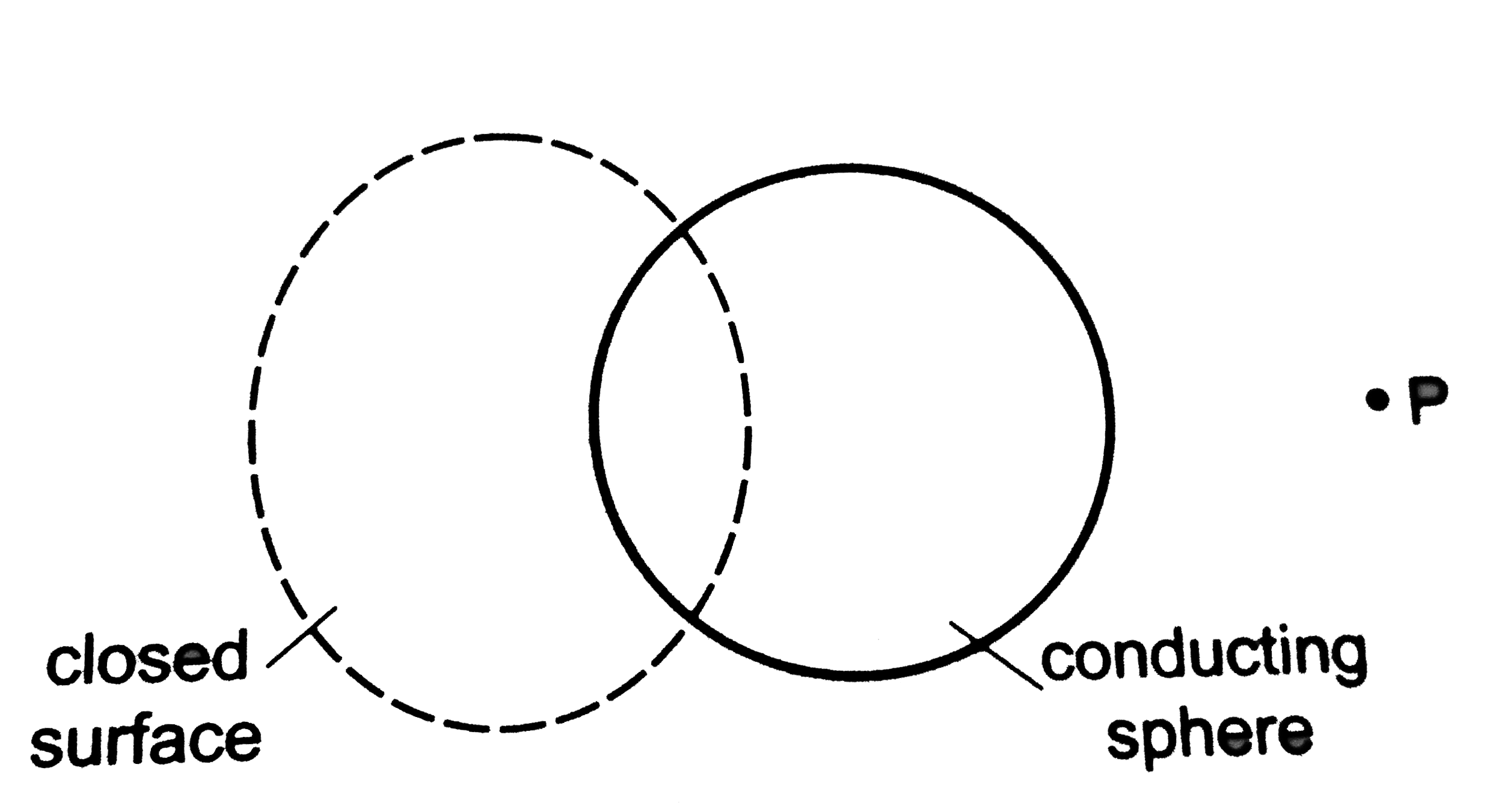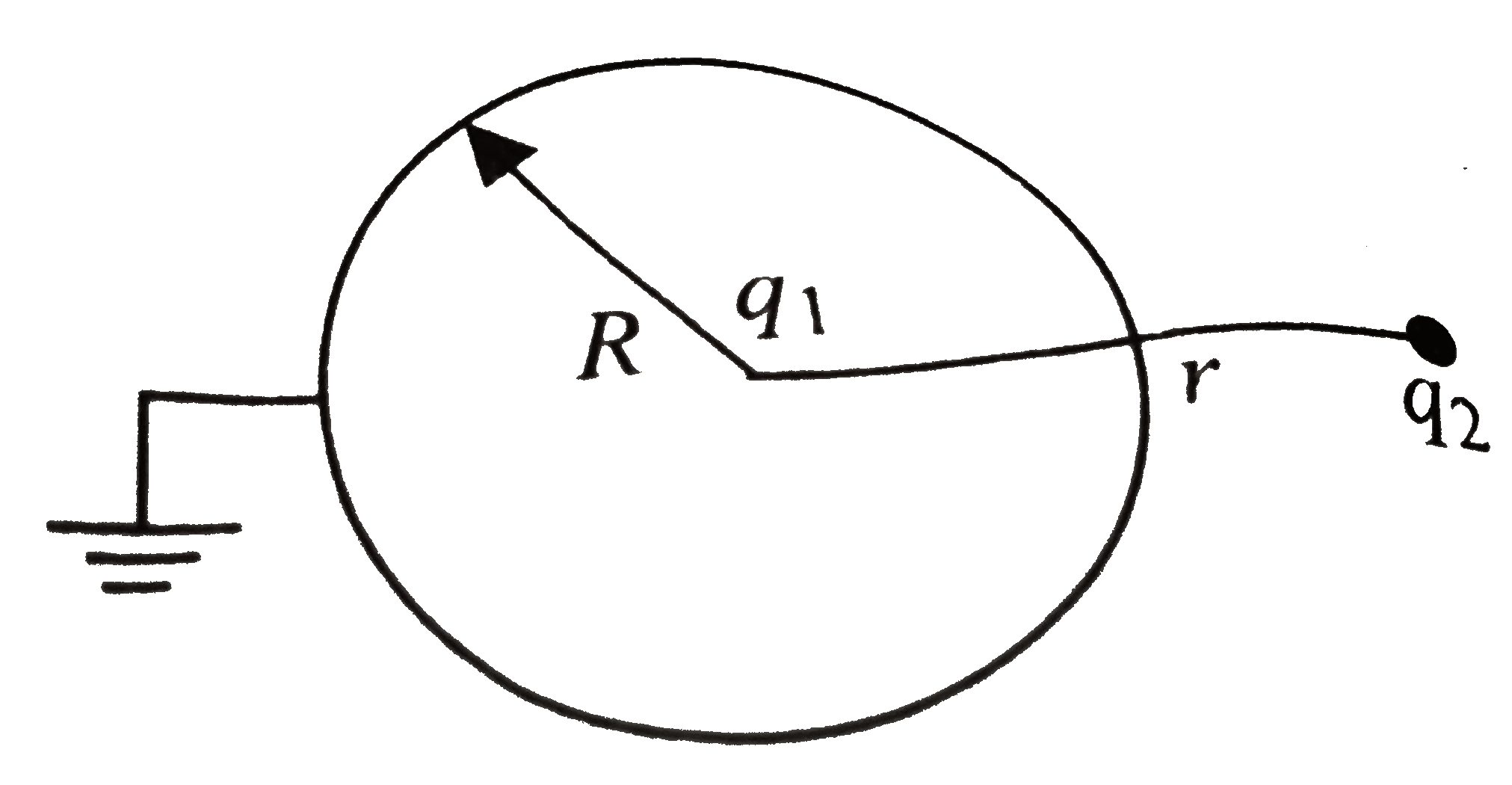Flux coming out from a positive unit charge placed in air, is
ε0
ε−10
(4πε0)−1
4πε0
The correct Answer is:B
To find the electric flux coming out from a positive unit charge placed in air, we can use Gauss's law. Here’s a step-by-step solution:
Step 1: Understand Gauss's Law
Gauss's law states that the electric flux (Φ) through a closed surface is equal to the charge (Q) enclosed by that surface divided by the permittivity of free space (ε₀). Mathematically, this is expressed as:
Φ = \frac{Q}{ε₀}
Step 2: Identify the Charge
In this case, we have a positive unit charge. A unit charge is defined as 1 coulomb. Therefore, we have:
Q=+1C
Step 3: Use the Value of Permittivity
The permittivity of free space (ε₀) is a constant value approximately equal to:
ε₀≈8.85×10−12C2/N⋅m2
Step 4: Calculate the Electric Flux
Substituting the values of Q and ε₀ into Gauss's law, we get:
Φ=Qε₀=1Cε₀
Thus, the electric flux coming out from the positive unit charge is:
Φ=1ε₀
Step 5: Conclusion
The electric flux coming out from a positive unit charge placed in air is given by:
Φ=1ε₀
This indicates that the flux is inversely proportional to the permittivity of free space.
Gauss's law states that the electric flux (Φ) through a closed surface is equal to the charge (Q) enclosed by that surface divided by the permittivity of free space (ε₀). Mathematically, this is expressed as:
Φ = \frac{Q}{ε₀}
In this case, we have a positive unit charge. A unit charge is defined as 1 coulomb. Therefore, we have:
Q=+1C
The permittivity of free space (ε₀) is a constant value approximately equal to:
ε₀≈8.85×10−12C2/N⋅m2
Substituting the values of Q and ε₀ into Gauss's law, we get:
Φ=Qε₀=1Cε₀
Thus, the electric flux coming out from the positive unit charge is:
Φ=1ε₀
The electric flux coming out from a positive unit charge placed in air is given by:
Φ=1ε₀
This indicates that the flux is inversely proportional to the permittivity of free space.
Topper's Solved these Questions
- ELECTROSTATICSBOOK - DC PANDEY ENGLISHCHAPTER - ELECTROSTATICSEXERCISE - Taking it together
105 Videos
- ELECTROSTATICSBOOK - DC PANDEY ENGLISHCHAPTER - ELECTROSTATICSEXERCISE - Assertion and Reason
15 Videos
- ELECTROSTATICSBOOK - DC PANDEY ENGLISHCHAPTER - ELECTROSTATICSEXERCISE - Check point 1.4
10 Videos
- ELECTROSTATIC POTENTIAL AND CAPACITORSBOOK - DC PANDEY ENGLISHCHAPTER - ELECTROSTATIC POTENTIAL AND CAPACITORSEXERCISE - (C) Chapter exercises
50 Videos
- GRAVITATIONBOOK - DC PANDEY ENGLISHCHAPTER - GRAVITATIONEXERCISE - All Questions
135 Videos
Similar Questions
Total electric flux coming out of a unit positive charge put in air is
View SolutionFigure shows a closed surface which intersects a conducting sphere. If a positive charge is placed at point P, find the sign of flux passing through the curved surface S.
 .
.
View SolutionThe total flux ( in S.I units ) through a closed surface constructed around a positive charge of 0.5 C placed in a dielectric medium of dielectric constant 10 is
View SolutionFigure shown a closed surfce which intersects a conducting sphere. If a positive charge is placed at the point P, the flux of the electric field through the closed surface

View SolutionFigure shown a closed surface which intersects a conducting sphere. If a positive charge is placed at the point P, the flux of the electric field through the closed surface

View SolutionFind out the electrostalic force between two point charges placed in air (each of +1 C) if they are separately by 1 m.
View SolutionTwo negative charges of a unit magnitude and a positive charge q are placed along a straight line. At what position and value of q will the system be in equilibrium? (Negative charges are fixed).
View SolutionA positive point charge q1 is placed at (a,0) and another positive point charge q2 is placed at (0,a) . Find the force acting on q1.
View SolutionA conducting spherical shell is earthed. A positive charge +q1 is placed at the center and another small positive charge +q2 is placed at a distance r from q1. Ignore the effect of induced charge due to q2 on the sphere. Then the coulomb force on q2 is

View SolutionTwo positive point charges of unequal magnitude are placed at a certain distance apart. A small positive test charge is placed at null point, then
View Solution